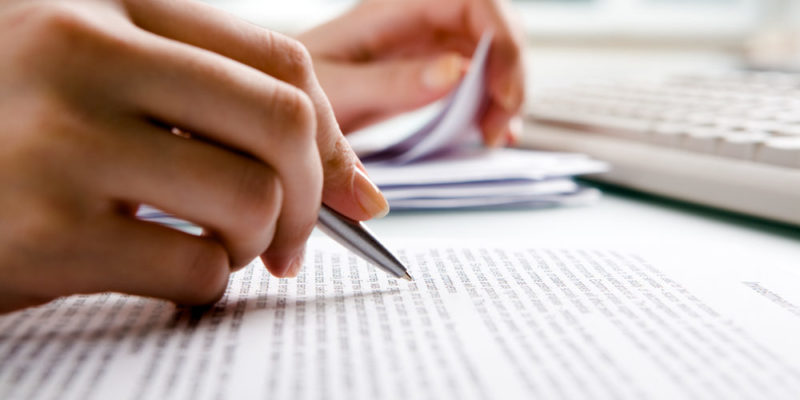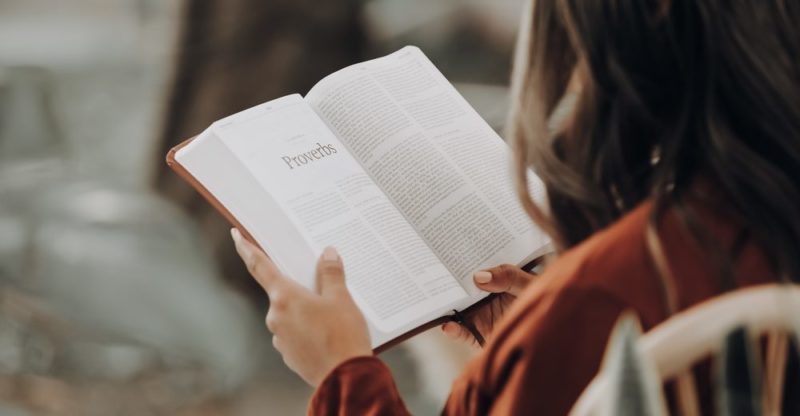We explain what the musculoskeletal system is and what its main functions are. In addition, the parts that compose it and characteristics.
What is the musculoskeletal system?
The musculoskeletal system or musculoskeletal system is the set of body structures that allows the body to perform movements . This device is made up of two systems:
- Osteoarticular system. Composed of ligaments, joints, and bones.
- muscle system . Composed of tendons and muscles.
On the other hand, this system is not autonomous. In other words, it depends on the peripheral nervous system (PNS) for the generation and coordination of movements. It is also voluntary in most cases, that is, the human being moves each muscle consciously for the execution of a certain task or movement.
Musculoskeletal functions
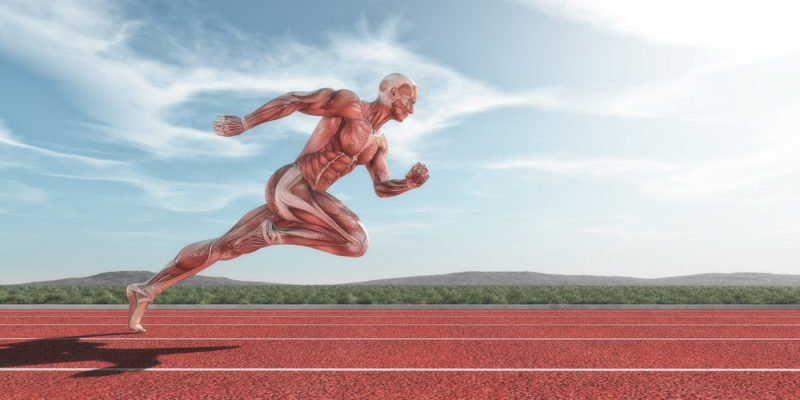 The main function of the musculoskeletal system is to allow vertebrate animals to interact with the external environment , that is, with the environment that surrounds them. The human being is a vertebrate being, therefore he uses this apparatus for his movement and relationship with the environment that surrounds him.
The main function of the musculoskeletal system is to allow vertebrate animals to interact with the external environment , that is, with the environment that surrounds them. The human being is a vertebrate being, therefore he uses this apparatus for his movement and relationship with the environment that surrounds him.In summary, it has the following main functions:
- Body's movement
- Form the main cavities
- Support and resistance
The skeleton
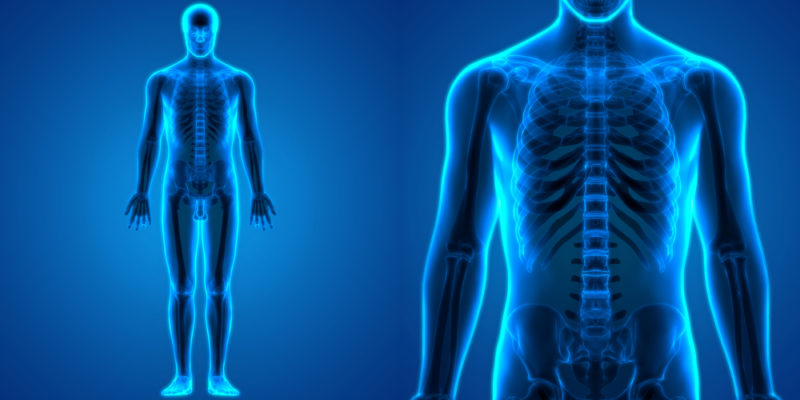 The skeleton is the main determinant of the body. It is complemented by adipose tissue and muscle mass . The bones are part of the skeleton, they are firm, hard and white. They are the support of the skeleton.
The skeleton is the main determinant of the body. It is complemented by adipose tissue and muscle mass . The bones are part of the skeleton, they are firm, hard and white. They are the support of the skeleton.The skeleton is made up of bone tissue , made up of cells and calcified components. In humans, the total number of bones that make up the skeleton amounts to 206 bones.
Depending on what function each bone has, these can be classified into three:
- Long or tubular bones. These are found in the lower and upper limbs.
- short bones. They are bones that are found in areas where little movement is required but a lot of resistance.
- Wide or flat bones. They have the function of protecting delicate organs of the body.
The joints
They are soft parts that join two bones that are close together . Thus, the joints allow the displacement or rotation of the bones, producing movement. There are different types of sliding:
- They are not mobile.
- Symphysis. They present a monoaxial movement.
- They have increased mobility and range of motion.
Ligaments and cartilage
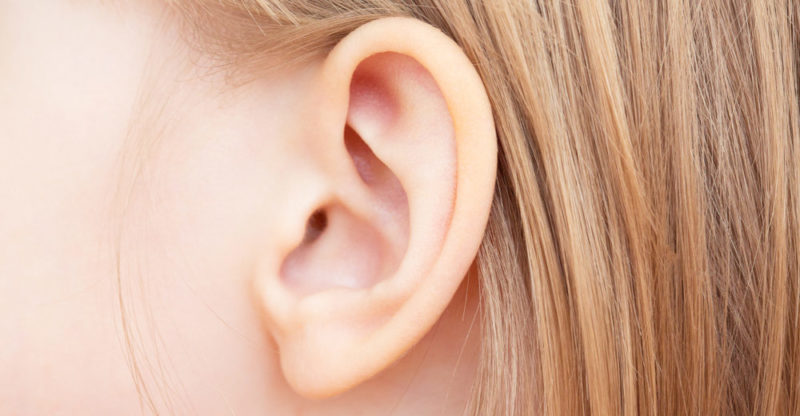 The ligaments have the function of joining the mobile and semi-mobile bones with the joints . On the other hand, cartilages are soft and elastic pieces.
The ligaments have the function of joining the mobile and semi-mobile bones with the joints . On the other hand, cartilages are soft and elastic pieces.
Tendons and muscles
Tendons are fibrous connective tissues that join muscles to bones.The muscles allow the mobility of the body given the characteristics that they present:
- Contractibility/ Excitability. The muscle, after a stimulus can be excited or contracted.
- The muscle can be stretched and returned to its original shape.
Dependent system
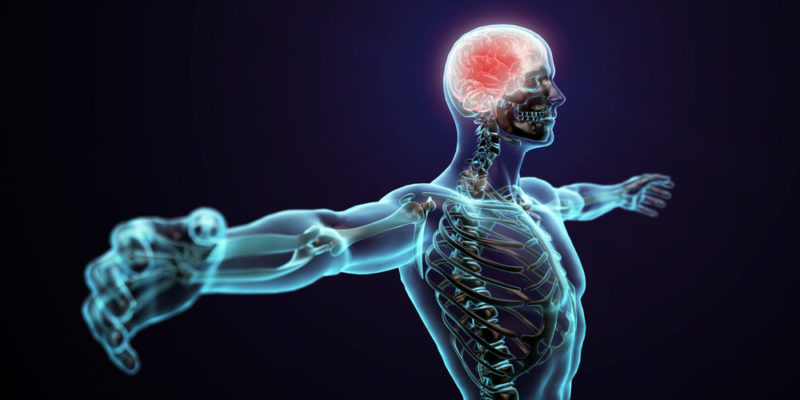 As mentioned at the beginning, the locomotor system depends on the nervous system , more specifically on the peripheral nervous system (PNS), which allows the control of each locomotor movement.
As mentioned at the beginning, the locomotor system depends on the nervous system , more specifically on the peripheral nervous system (PNS), which allows the control of each locomotor movement.
Voluntary and involuntary system
Since the apparatus depends on the peripheral nervous system for its movement and this is a system consciously coordinated by the brain , the locomotor system is said to be voluntary. However, in certain cases it can act with involuntary movements, that is, move the body without previously carrying out the brain order .Examples of involuntary movements of the musculoskeletal system are: moving a leg after a blow to the patellar ligament , Parkinson's disease presents another example of involuntary movements that occur in this apparatus.
Common diseases of the musculoskeletal system
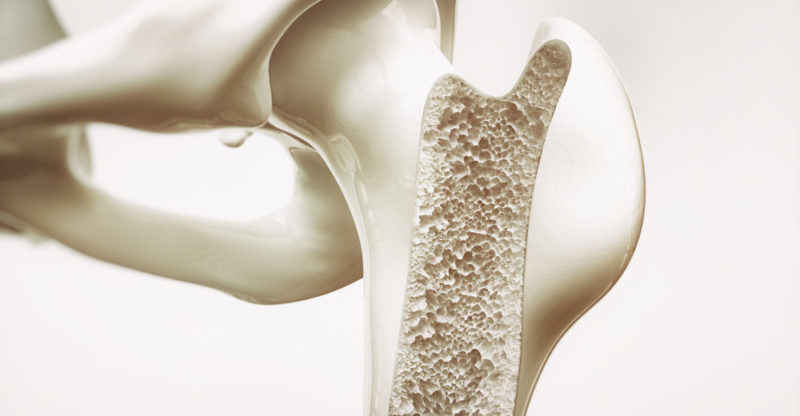 Directly the locomotor system presents the following main diseases:
Directly the locomotor system presents the following main diseases:
- Myasthenia gravis
- Muscular dystrophy
- Osteoporosis
- Arthritis
Locomotor system care
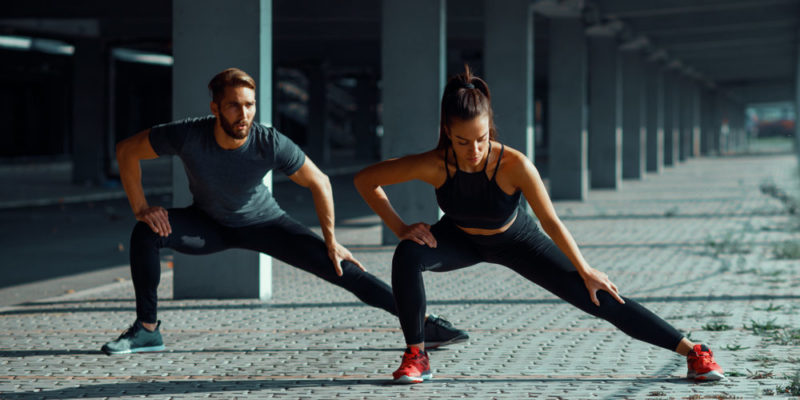
- Adopt proper posture when sitting, walking, or standing.
- Maintain a straight upright posture without leaning forward or backward too much.
- Take care of the body by consuming foods rich in vitamins D and calcium.
- Play sport .
- Warm up before physical activities that require strength.
- Perform stretching after physical activity of strength .
- Drink plenty of fluids .
The above content published at Collaborative Research Group is for informational and educational purposes only and has been developed by referring reliable sources and recommendations from experts. We do not have any contact with official entities nor do we intend to replace the information that they emit.
Passionate about understanding and contributing to a world that does not stop changing. New forms of Work, Sustainability and Technology. For many years he has worked as a creative for large international companies. He has a Ph.D. in information technology and he has been doing quantitative research in the interdisciplinary areas of information systems, cyber security, data analytics and artificial intelligence. He continue to look for creative solutions through technology to help companies to be more humane and sustainable..
Leave a reply
Your email address will not be published. Required fields are marked *Recent post
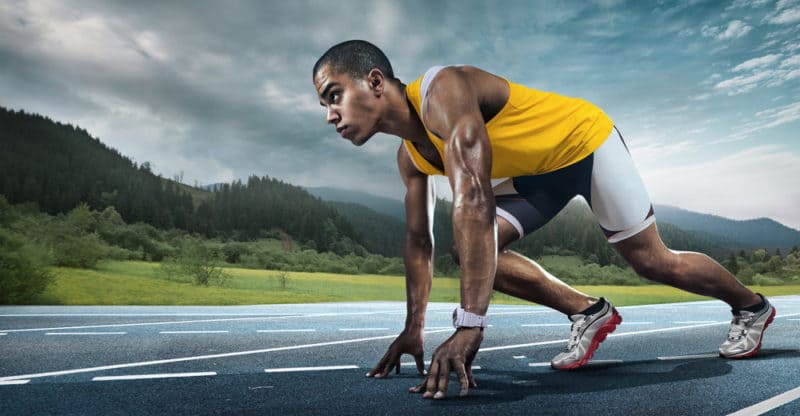
Sport: What Is It, Types, Risks, Features, Characteristics and Examples
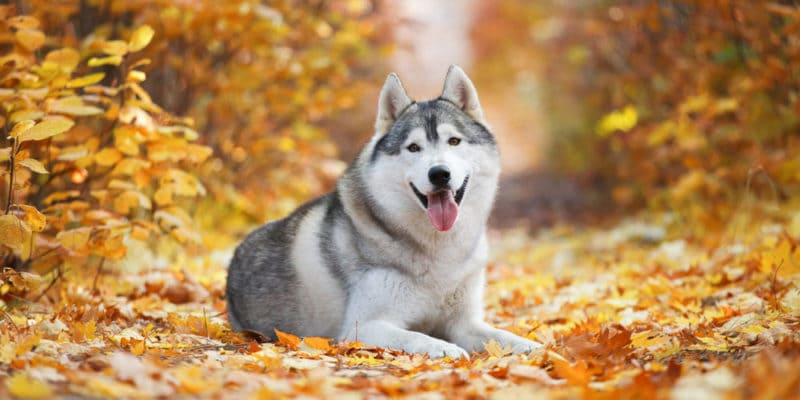
Dogs: Emergence, Features, Characteristics, Feeding and Breeds

Story: Definition, Elements, Structure, Features and Characteristics
